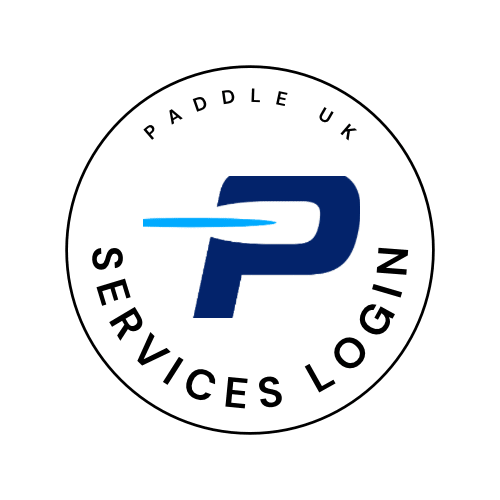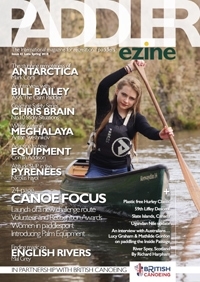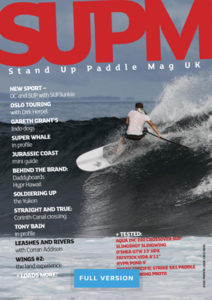We know that going for a paddle is fun that’s why we do it! But you also need to paddle responsibly. Part of being outdoors and in nature is about sharing the space. Not just with fellow humans and boats, but also with our native wildlife too.
It’s easy to forget sometimes when you’re paddling away that these beautiful places are home to hundreds of species of animal. So to help you paddle responsibly and get the most out of your paddle without taking anything away from others, we’ve compiled a list of handy tips!
Take a look…
Our top 10 ways to #sharethespace and paddle responsibly
- Before you even get to the water, think about where you’re parking. If you’re not sure about parking spots in the area, check out PaddlePoints before you go. Without pointing out the obvious, make sure you’re not parking across any access gates, roads or entrances to buildings and farm property.
- Be mindful of how you are launching and where you are stepping! If there’s a specific launch point, use that. If not, tread carefully and respectfully and do your best to keep disturbance to a minimum. “Seal” launching and dragging boats wears away natural banks and harms habitats. Float your boat to launch. Birds can make nests in natural banks or indents in the ground, on a rock or under a tree. Be careful where you tread just in case someone has made a home there 🙂
- The rules of the road, well rules of the waterways, are to paddle on the right. For safety, try and stick to this where possible – especially on canals or rivers where other boats are present. Keep a look out and be aware that larger crafts need deeper water and room to manoeuvre, so move to the side where necessary, where the person manoeuvring the boat can see you. The Boaters Handbook has more information about this.
- Try and keep noise down when you paddle. We know it’s exciting being out on the water, but try and minimise disturbance to other waterways users and animals like seals and birds. Look out for signs that you are getting too close. Agitation, head bobbing and of course flying off means you’ve probably gotten too close and should move away. Keep your distance whereever possible, keep your paddle angle low and stay quiet and calm.
- Check the water levels of where you’re paddling. Again, PaddlePoints is a great tool for helping you check this, but just use your eyes and some common sense. We talk a lot about rivers being in flood but little of rivers being in drought. During the summer when you’re out and about, if a river looks too low to paddle, please don’t paddle it. Scraping your boat on the bottom of the river bed can disturb and damage natural and sensitive habitats for fish and other aquatic life. Please remember the river beds are animals homes too.
- Move slowly, gently and quietly around wildlife, especially during sensitive seasons such as spring for nesting birds. You’ll often see swans and geese protecting their young at this time of year and they can be particularly feisty on the water, so pass them quietly and calmly reducing any disturbance. Similarly if you’re paddling on the sea or in the harbour, paddle responsibly and move quietly and slowly around dolphins, seals and other animals you might encounter.
- It should go without saying, but take any litter home with you. As a general rule, take only photos, leave only paddle strokes.
- Have you ever heard of check, clean, dry? This initiative is SO important for paddlers. Both before and after each paddle trip, inspect your kit for any plant fragments or animals living on your clothing or boat and whereever possible leave them at the watercourse you found them. After each trip, give your boat or board a good wash down with hot, soapy water and dry it off completely before your next adventure. Why is this important? Well, invasive non-native species are carried through our kit from waterway to waterway. Not only do they destroy natural habitats, some of the aquatic plants can literally suffocate entire waterways, completely clogging them up making them not only inhabitable, but un-paddleable too! Always remember to ‘check, clean, dry.’ Check your kit and clothing, clean it, and dry it fully.
- Be fish friendly. Remember in Finding Nemo, Dory says ‘fish are friends’ – keep this in mind when paddling, and apply the same principle to anglers you see along the paddle too. There are certain times when riverbeds are sensitive, such as during spawning season. Take notice of any local notices around fish spawning before you launch. See an angler on the bank? Pass with as little noise and disturbance as possible. If they’re wading in the water? Be mindful of your paddling and wait to check they’ve seen you before proceeding. We’re all enjoying the outdoors together, remember.
- Do feel free to strike up conversations with other boaters and anglers and anyone else using the waterways. Sharing the space together is an important part of paddling so the more we talk and understand each other, the more we can respect each other’s needs.
Hopefully that’s given you a short overview of paddling responsibly and ideas how you can #sharethespace with fellow watercourse users. Happy paddling!
Want to learn more about sharing the space and the different environments you can paddle in? Take our free Go Paddling eLearning here!


 Go Paddling
Go Paddling Clear Access Clear Waters
Clear Access Clear Waters Paddles Up Training
Paddles Up Training Clubhouse
Clubhouse Services Login
Services Login

